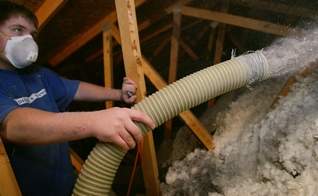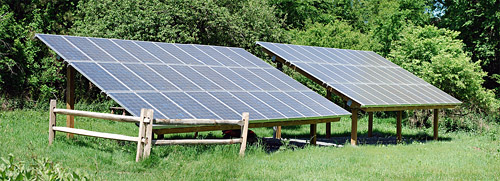http://www.youtube.com/watch?v=HhYwgx449Nk
This PBS NOW show from last year is still an interesting watch for those interested in the Cambridge Energy Alliance’s model for immediate, real-world energy savings with proven, here-and-now tools and technologies. The folks at Warm Home Cool Planet always enjoy cutaway clips of our fair city: the show contains the following unattributed fun factoids and figures:
- Cambridge is one of the greenest city in the country
(according to POPSCI.COM we’re actually number 6, after Boston at 5.) - 80% of Cambridge’s carbon footprint comes from buildings
- 25% of Cantabridgians walk to work
- Cambridge is replacing its streetlights with LED-based models




